Fall 2022 Courses
Fall 2022
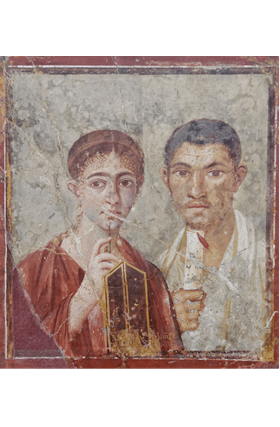
ARHS 1300: From Mummies to Gladiators: Art of the Ancient Mediterranean and Ancient Middle East
Introduces the arts and societies of the major cultures of the ancient Mediterranean and ancient Middle East (Egypt, Mesopotamia, Bronze Age Aegean, Greece, Etruscan, and Roman), primarily c. 4,000 B.C.-350 A.D., from the pyramids of the pharaohs to the official Roman adoption of Christianity. Focuses on art and architecture as a part of human life, from everyday activities to fabulous spectacles and the afterlife.
- Professor Stephanie Langin-Hooper
- UC: Creativity and Aesthetics, Historical Contexts; CC: Creativity and
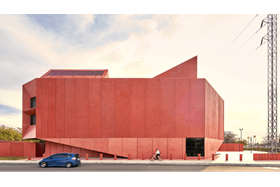
ARHS 1306: Introduction to Architecture
Most people take for granted the built environment through which they move everyday. However, the world we inhabit is the product of millennia of architectural investigation and experimentation, from the first occupations of naturally formed caves to newest innovations in smart home design. In this course, we will examine the evolution of architectural and urban form across the world’s cultures. Through the analysis of site, structure, materials, and form, we will consider how the work of architecture quickly exceeded the primal need for shelter, giving shape to ritual practices and political agendas, defining communities, and cross-pollinating cultures. We will approach architecture as a spatial language used to both communicate and shape cultural values. By studying the architectural past, students will develop the interpretive tools necessary to “read” their own built environment.
- MWF 12-12:50 pm
- Dr. Elizabeth Eager
- CC: Breadth: Creativity and Aesthetics
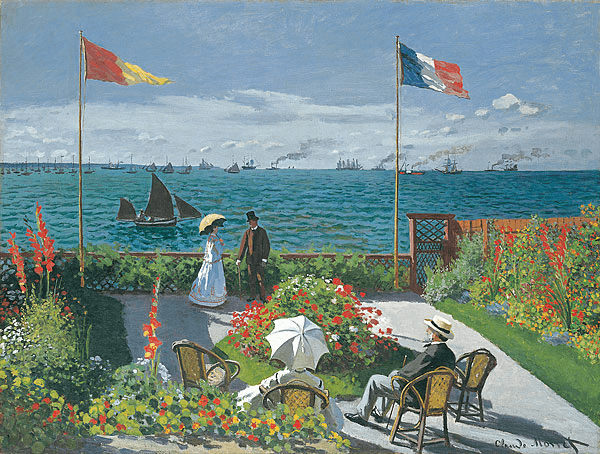
ARHS 1359: Impressionism
No art movement is more famous or beloved than Impressionism. But when it first emerged in Paris in the late 1860s, critics condemned it as bizarre, radical, and dangerous. This class will explore the artistic and social conditions that made Impressionism possible, as well as the way it reshaped modern art with intense colors, loose brushwork, and wide-ranging scenes of contemporary life.
- T/Th
- 11 am- 12:20 pm
- Dr. Randall Griffin
- CC: Historical Contexts
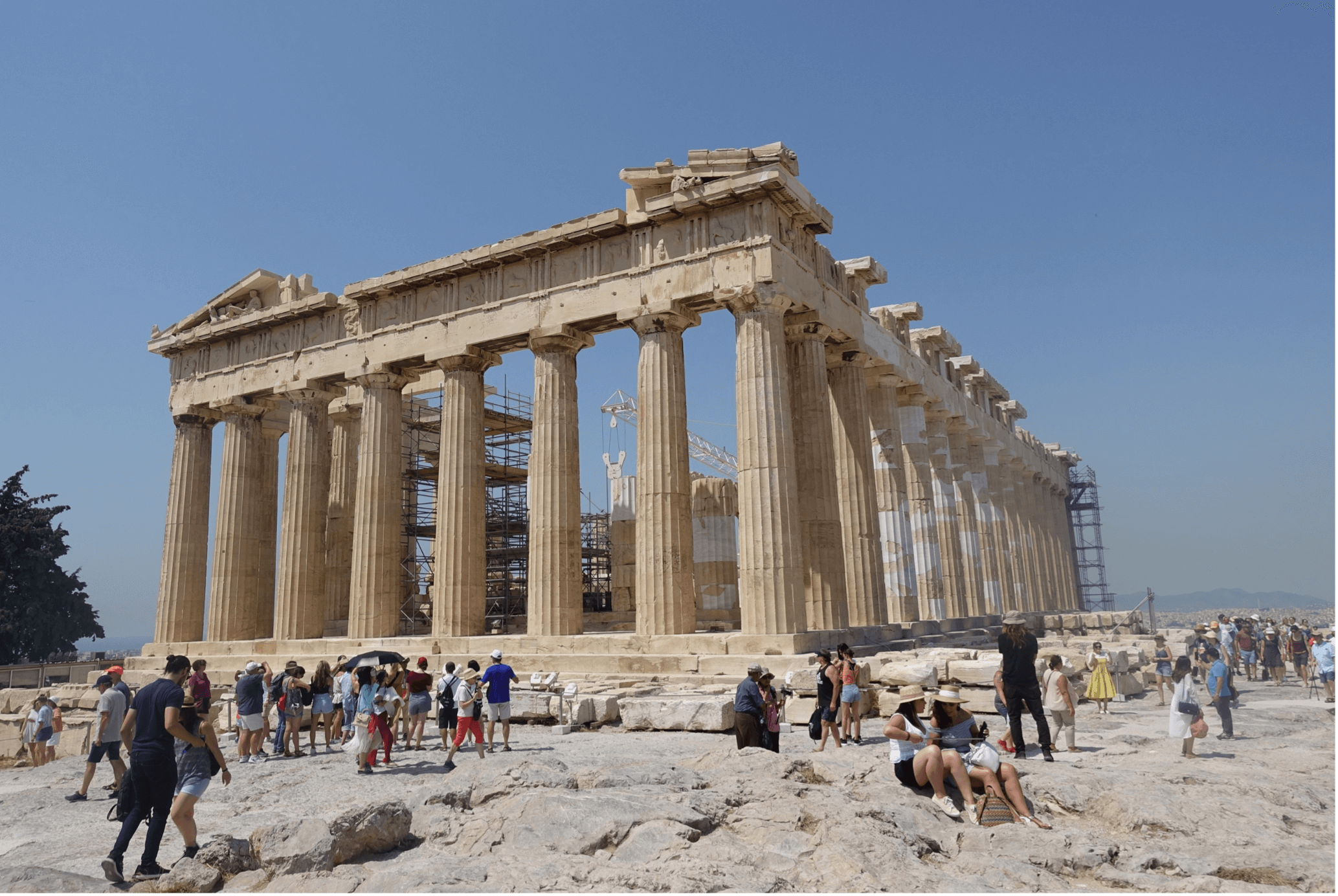
ARHS 3311: Mortals, Myths, and Monuments of Ancient Greece
A visual analysis of the rich tapestry of ancient Greek culture, with emphasis on mythological, archaeological, and historical settings in which the art and architecture occur. Touches on various aspects of ancient Greek life such as religious practices, warfare, Olympic contests, death and burial, and theatrical performances.
- MWF 9-9:50 am
- Dr. Stephanie Langin-Hooper
- UC: Humanities and Fine Arts
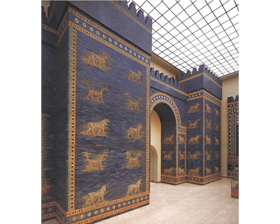
ARHS 3317: Land between Two Rivers: Art of Ancient Iraq and its Neighbors
From the Tower of Babel and the Hanging Gardens to the Code of Hammurabi, the art of Mesopotamia holds a mythical aura. This lecture course investigates and demystifies the arts of ancient Iraq and its neighbors (Iran, Israel, Anatolia, and the eastern Mediterranean) from the invention of cities (c. 4000 B.C.E.) to the beginning of Islam (c. 600 C.E.). Also, examines temple and palace architecture, monumental sculpture, glyptic, terracotta, and small-scale luxury arts to appreciate some of the oldest civilizations in the world.
- T/Th 12:30-1:50 pm
- UC: Ways of Knowing
- CC: Creativity and Aesthetics
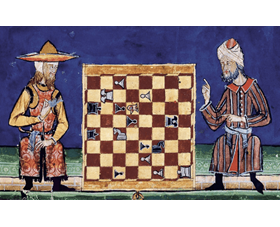
ARHS 3324: The Arts and Cultures of Medieval Spain
Spain – the land of Convivencia, an era of intense contact and cultural exchange between Christians, Muslims, & Jews between 711 and 1492. This class will explore how this sustained contact led to a complex and unique visual style that still influences Spanish art and architecture today. From the realm of manuscripts – where the notion of courtly love and lovesickness developed – to palatial gardens filled with jasmine and roaring lions, medieval Spain stood at the epicenter of artistic, literary, and intellectual culture.
- MWF 10-10:50 am
- Dr. Abbey Stockstill
- CC: Temporalities Pre-1500, Global Perspectives
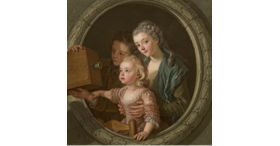
ARHS 3348: Eighteenth-Century European Art
In eighteenth-century Europe, the visual arts served as a form of royal propaganda, as a vehicle for Enlightenment philosophy, as a tool for religious education, as interior decoration, as a source of erotic stimulation, and as an expression of radicalism – and often as more than one of these things at the same time. In this writing-intensive course, we will examine, among other themes, the birth of the art market, the gendering of art production and the work of female artists, the role of the visual arts in European colonial conquest, and the political uses of art.
- MWF 1-1:50 pm
- Dr. Amy Freund
- CC: Creativity and Aesthetics, Writing
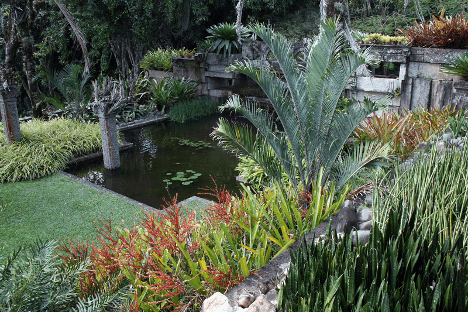
ARHS 3363: Topics in Brazilian Art
The course presents the arts in different media (urban planning, architecture, landscaping, sculpture, painting, drawing, photography, ceramics and clothing, among others) produced and/or consumed in Brazil from the 16th century to the present, discussing topics such as colonization and autonomy, nationalism and globalization, identity (class, gender, race), tradition, modernity and pós-modernity.
- T/TH 9:30-10:50 am
- Dr. Roberto Conduru
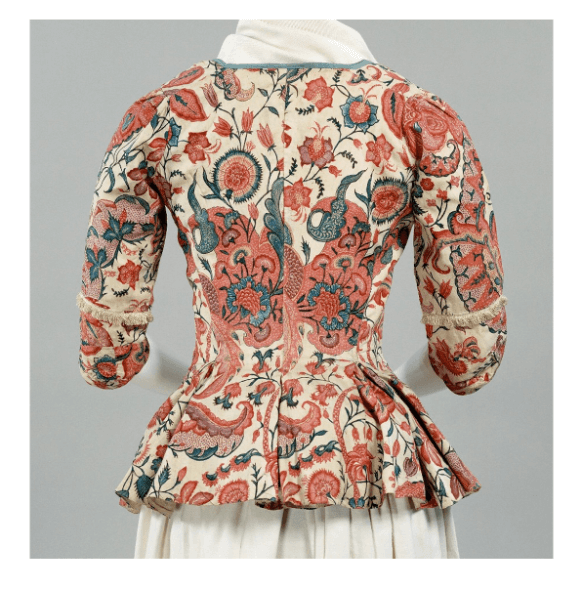
ARHS 3371: The Decorative Arts and the History of Dress in Eighteenth-Century Europe
In the course, we will explore the history of production and consumption of the decorative arts and clothing in eighteenth-century Europe. Topics to be considered include: how decorative objects and clothing were made and by whom; the evolution of styles and their political and social contexts; how consumers used objects to define themselves in and against society; the role of textiles and the decorative arts in European colonialism and global trade; the gendering of production and consumption; and the relationship between the luxury market and more affordable objects.
- MWF 11-11:50 am
- Dr. Amy Freund
- CC: Historical Contexts
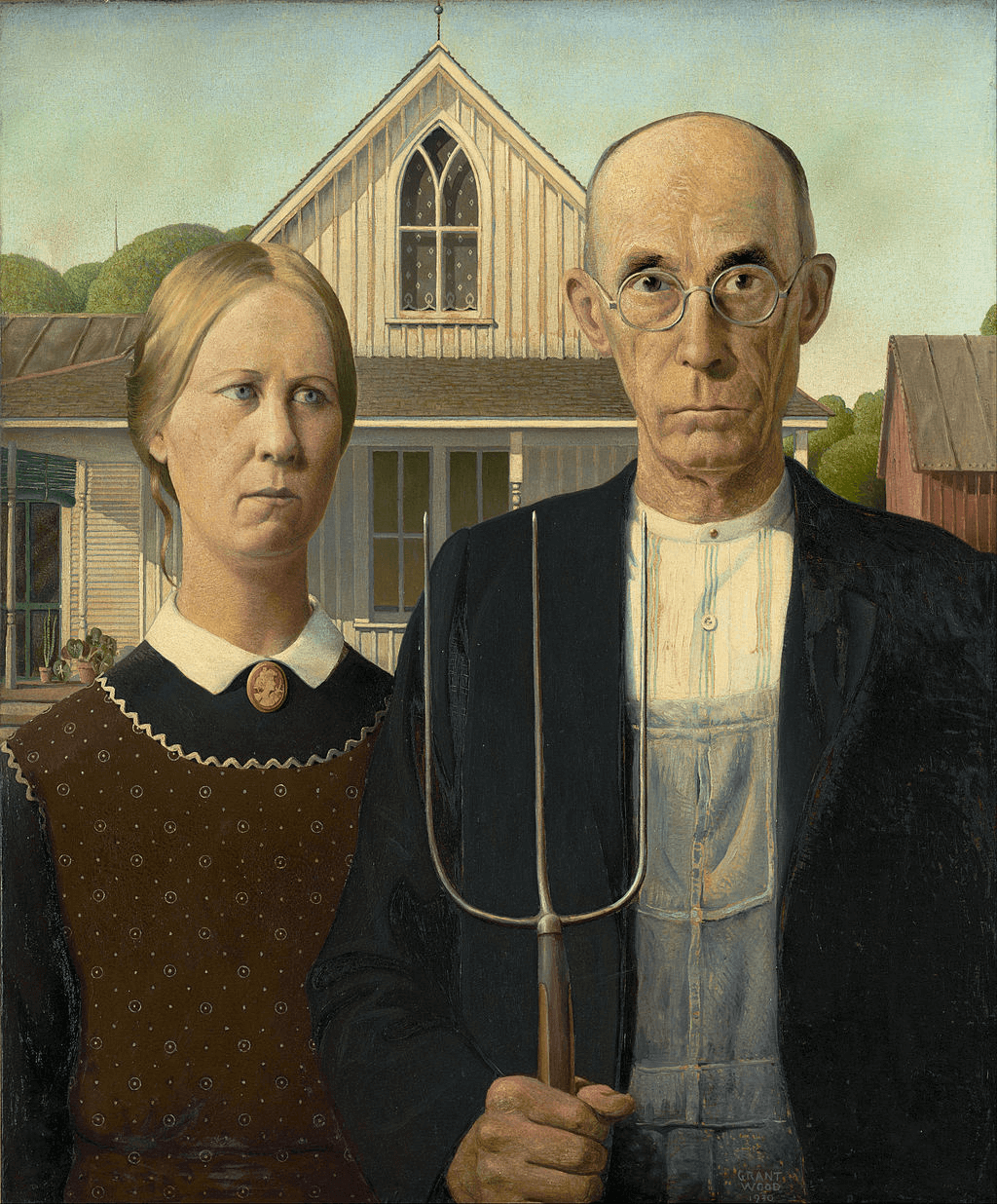
ARHS 3374: American Art and Architecture, 18-1940
The purpose of the course is to provide a survey of American painting, sculpture, decorative arts, and architecture from 1865-1940. Over those years the nation went from being mainly rural to urban, and insular to international, with the world’s largest economy. It also saw a cultural transformation in the art world with the birth of great art museums and the appearance of canonical painters, sculptors, photographers, and architects. The course will examine the artists’ techniques and working methods, and also situate their creations within specific cultural contexts. Broad underlying issues such as nationalism, class, race, and gender, will be discussed. The course also emphasizes the nation’s diversity of artists, both in terms of race and gender.
- T/TH 2-3:20 pm
- Dr. Randall Griffin
- CC: Creativity and Aesthetics, Breadth
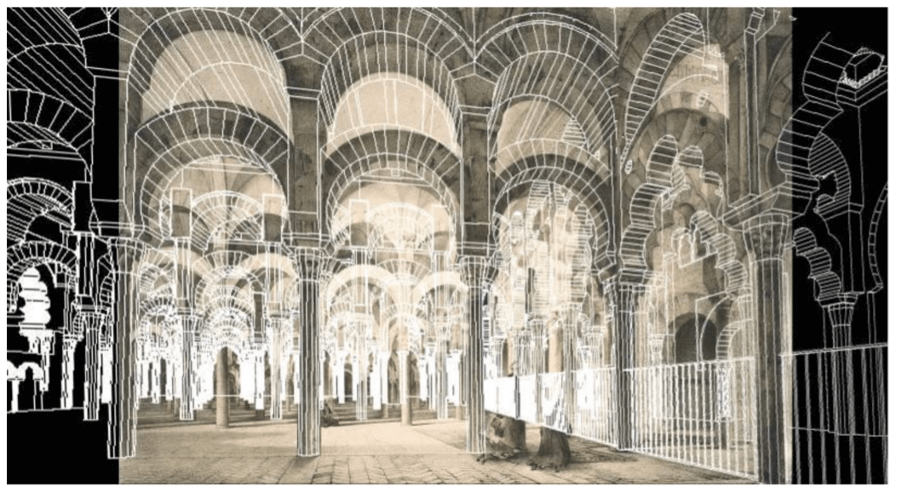
ARHS 4320: Seminar on Medieval Art
The Mezquita-Catedral in the Metaverse: Digital Approaches to Art Historical Questions
This course introduces students to digital methodologies for approaching architectural history through the lens of one of the hallmarks of medieval Islamic architecture—the Great Mosque of Córdoba. Built in the late eighth century, the mosque has undergone several expansions and renovations in its history, including the conversion to a Christian cathedral and the insertion of a Gothic chapel. Students will work to peel back the layers of the building’s various iterations, working in conjunction with the Graney Design Lab to model a version of the mosque in virtual reality. In doing so, they will discuss questions central to the state of the art historical field. How can we bridge the gap between two-dimensional information and three-dimensional space? How can we explore and understand the phenomenological experience of embodied architecture? And how can we appreciate the full life of a historical site?
- Wednesdays 2-4:50 pm
- Dr. Abbey Stockstill